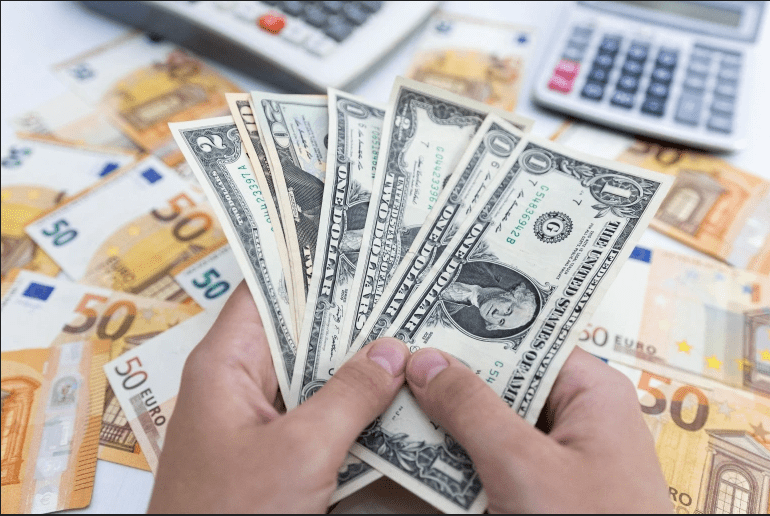
For the first time in two decades, the exchange rate between the euro (EUR) and the US dollar has reached parity, with the exchange rate of the two currencies equal to each other. On Tuesday, the euro reached $1, which resulted in 12% worth of growth since the beginning of the year. The fears of recession in Europe are fueled by high inflation rates and energy supply uncertainty caused by Russia’s invasion of Ukraine.
Because of the war in Ukraine, the European Union has attempted to reduce its dependence on Russian oil and gas. However, Russia has throttled back gas supplies to some EU countries and recently cut the flow in the Nord Stream pipeline to Germany by 60%. Now that critical piece of gas import infrastructure in Europe has been shut down for scheduled maintenance due to last 10 days. German officials fear that it may not be turned on again.
The eurozone’s energy crisis coincides with a general thwart in economic activity, which casts doubts over the European Central Bank’s capacity to sufficiently increase policy rates in order to restrain inflation. The ECB currently announced that it plans to increase interest rates this month for the first time since 2011, as the eurozone’s inflation rate is 8.6%.
Some economists say that the European Central Bank is failing to act quickly enough to prevent a recession. Germany recorded its first trade deficit in goods since 1991 last week as fuel prices and general supply chain chaos significantly increased the price of imports. “Given the nature of Germany’s exports which are commodity-price sensitive, it remains hard to imagine that the trade balance could improve significantly from here in the next few months given the expected slowdown in the eurozone economy,” Saxo Bank foreign exchange strategists wrote in a recent note.
Historically, a series of aggressive interest rate hikes by central banks, including the Federal Reserve, as well as slowing economy will increase pressure on the euro while attracting investors toward the dollar as a safe haven, say analysts.
The US Federal Reserve has hiked interest rates by 75 basis points while indicating that more rate increases will come this month, whereas the European Central Bank has not raised interest rates. This safe haven retreat into the US dollar could become even more extreme if Europe and the US enters a recession, warned Deutsche Global Head of FX Research George Saravelos in a note last week. A situation where the euro is trading below the US dollar at a range of $0.95 to $0.97 could “well be reached,” wrote Saravelos, “if both Europe and the US find themselves slip-sliding in to a (deeper) recession in Q3 while the Fed is still hiking rates.”
